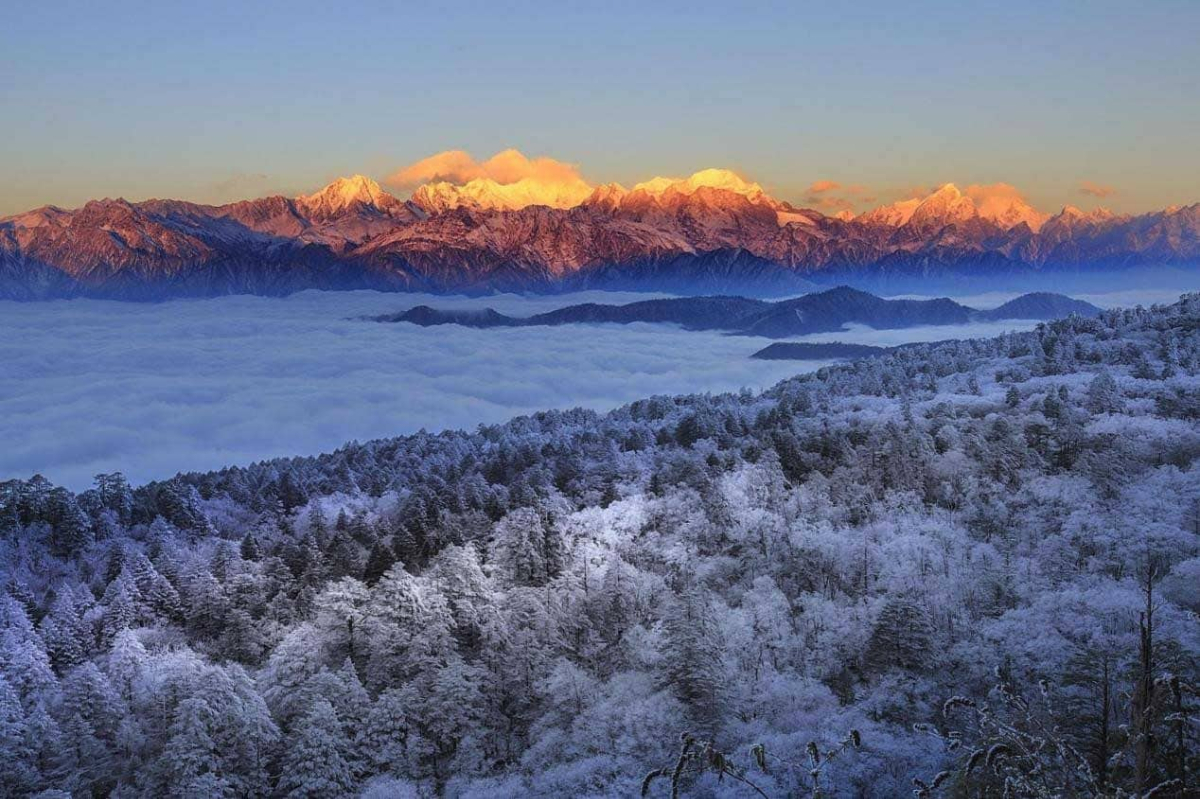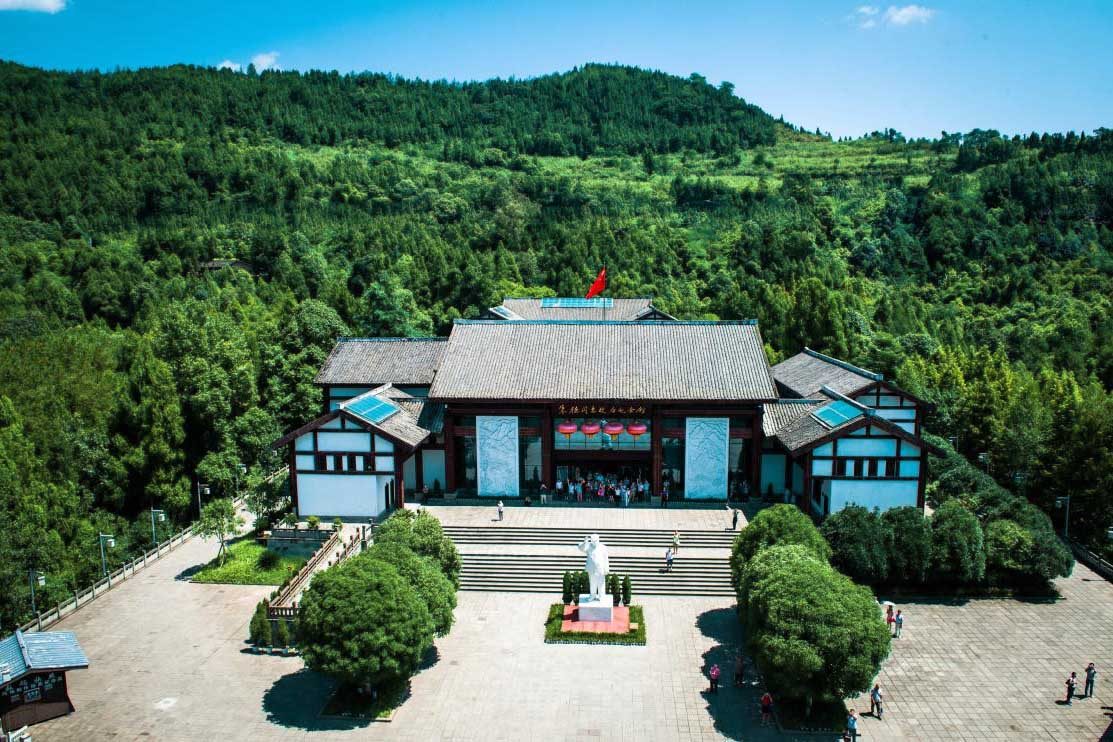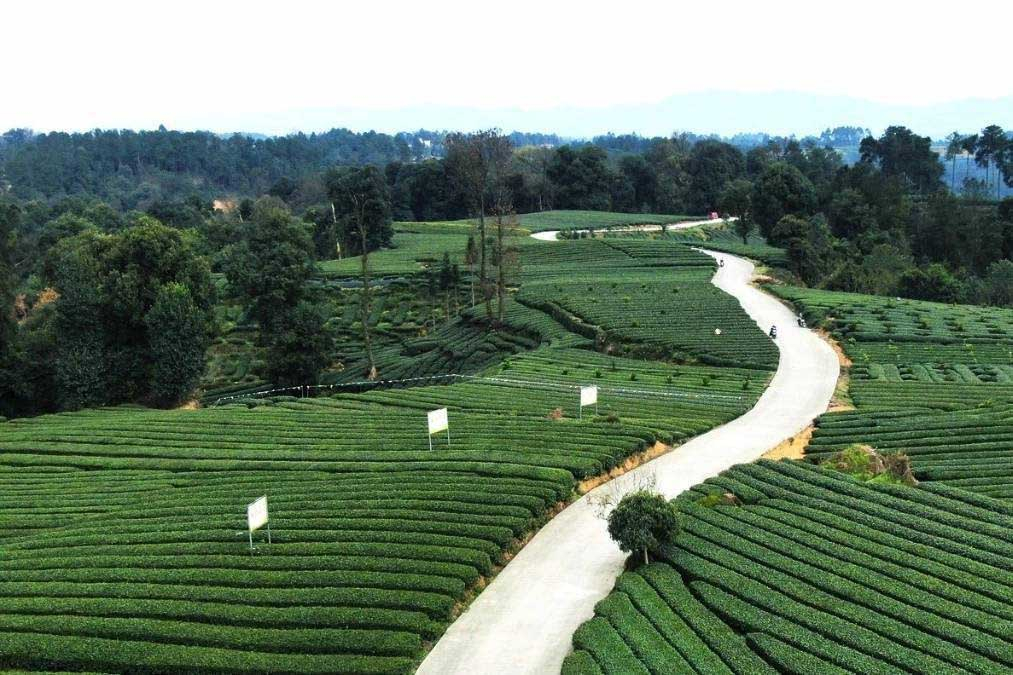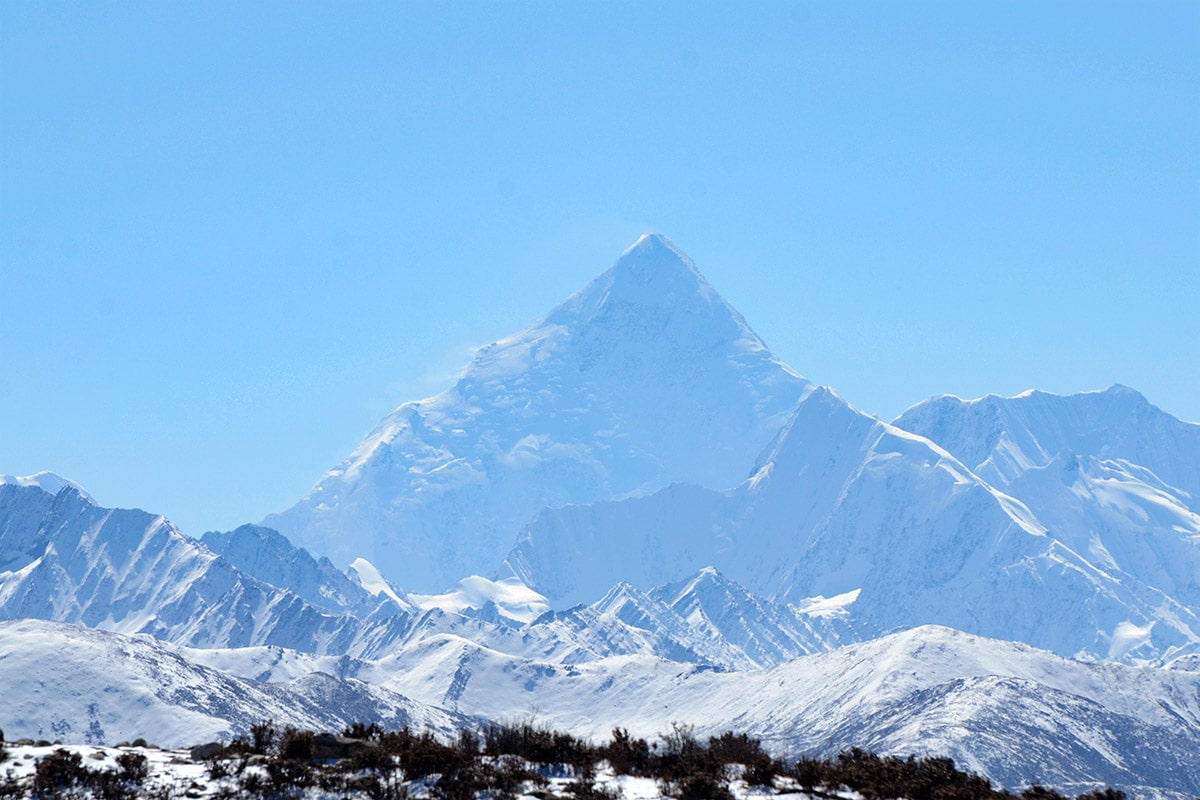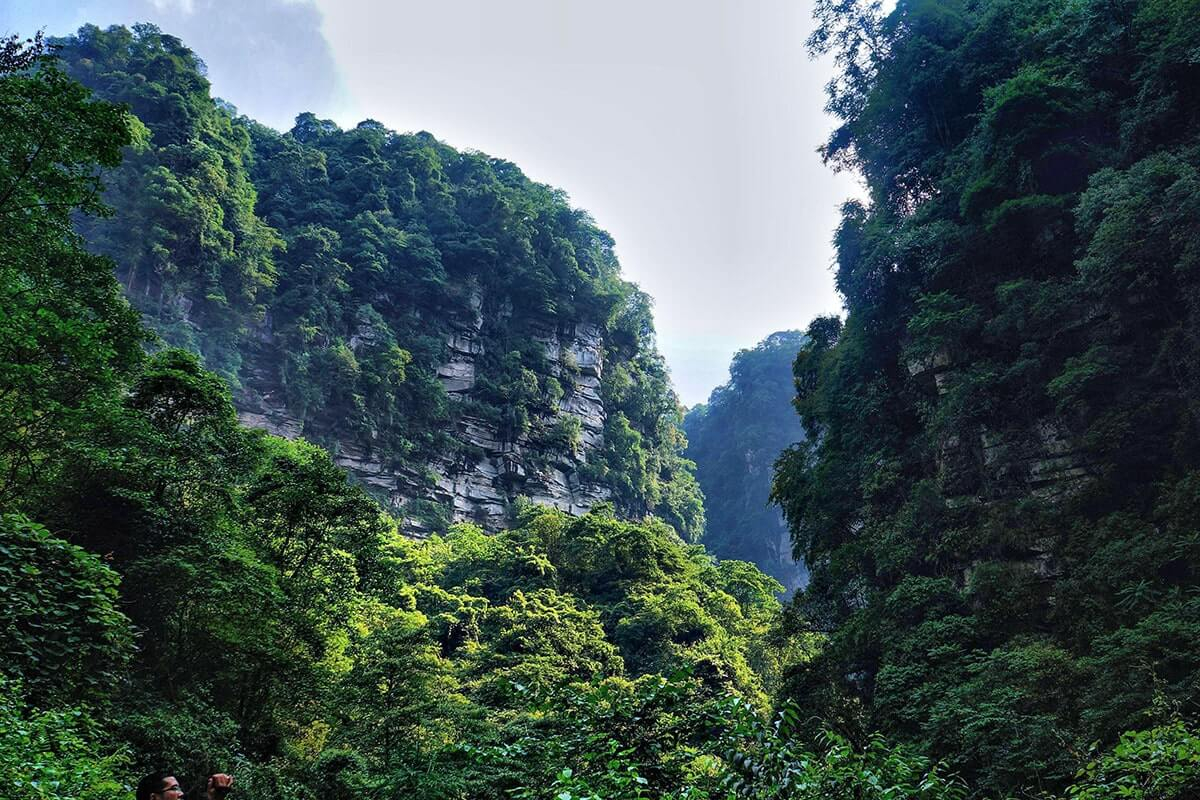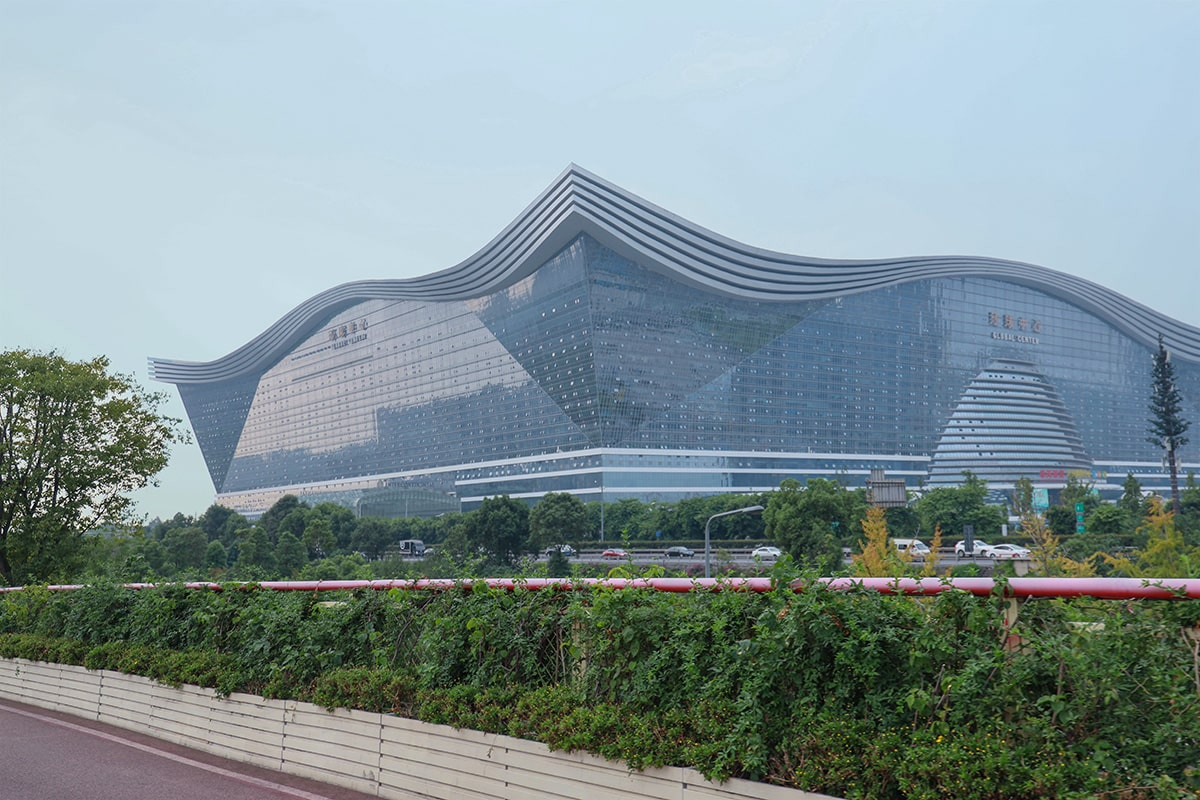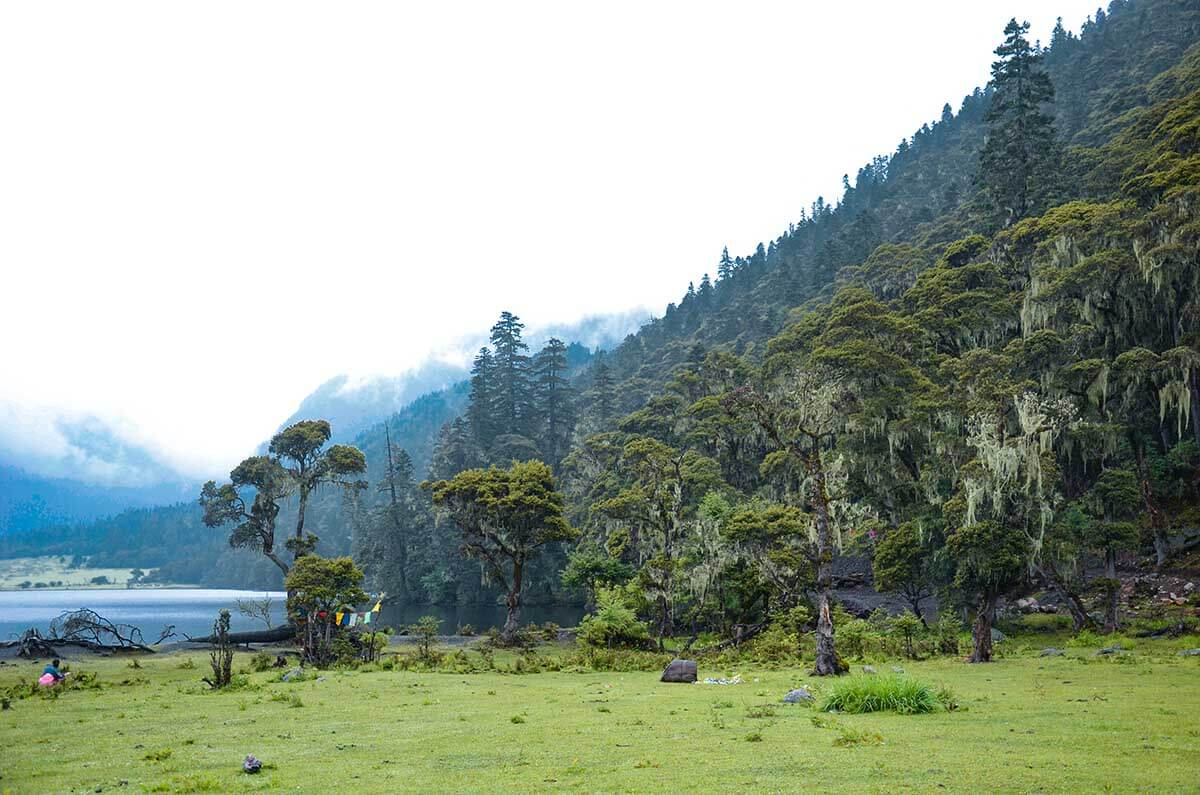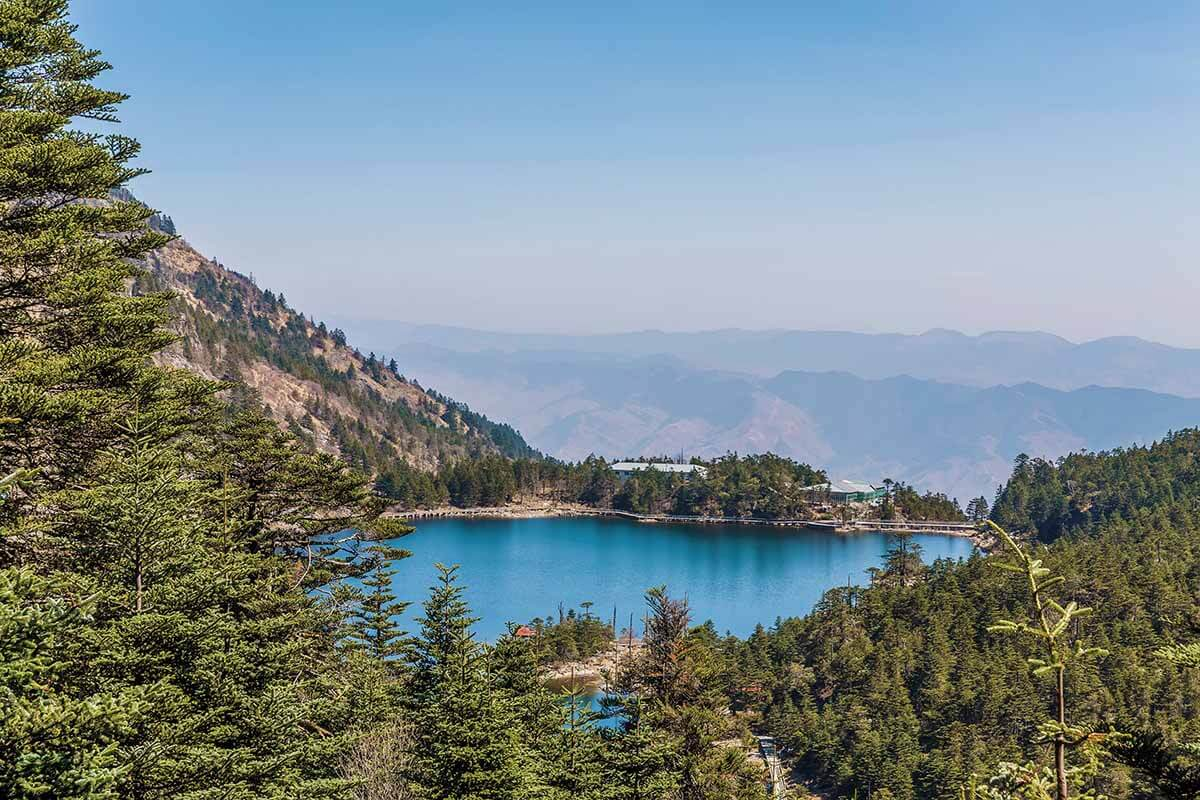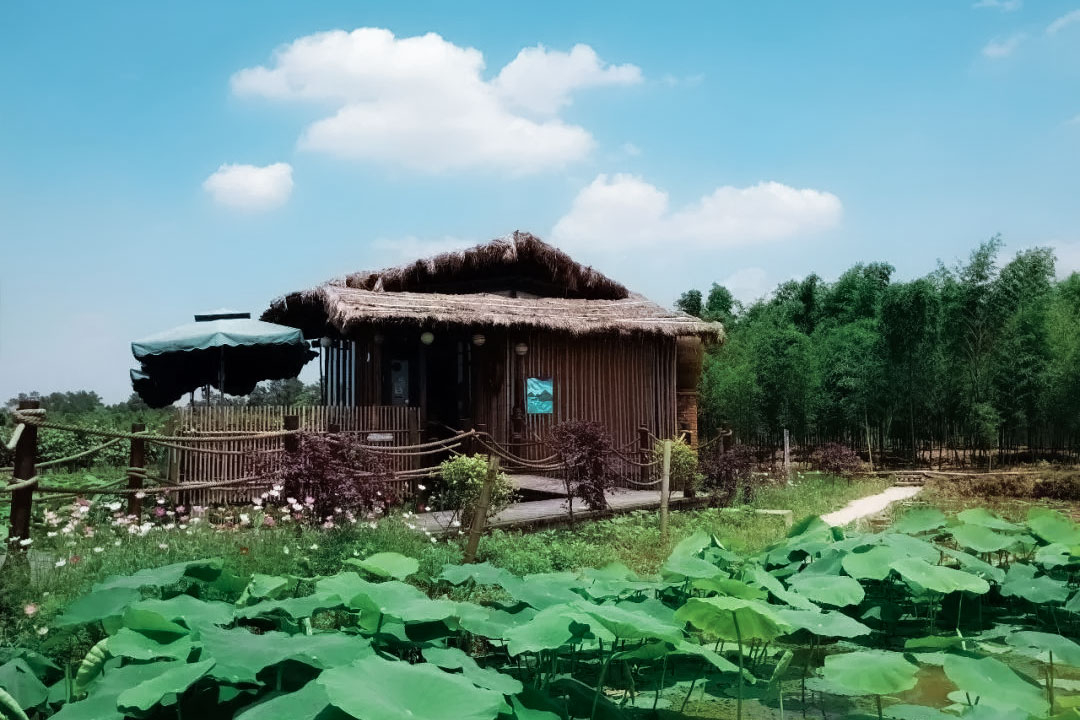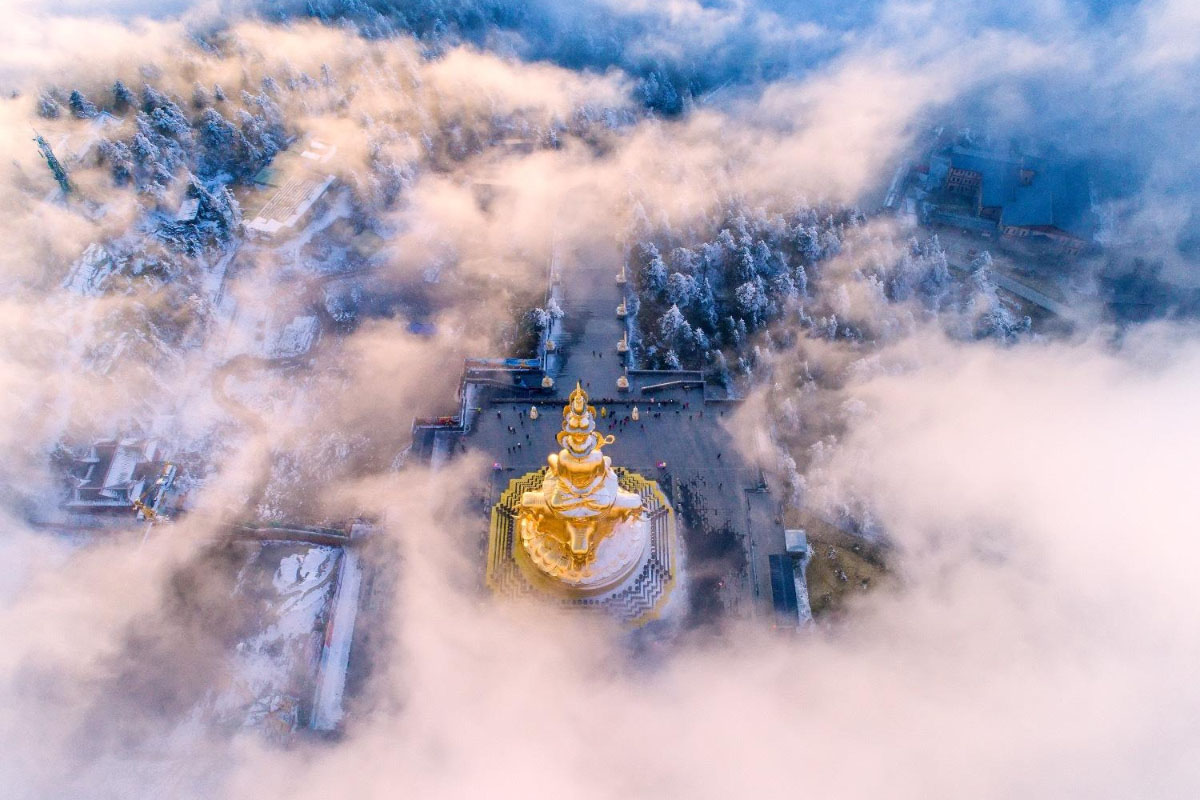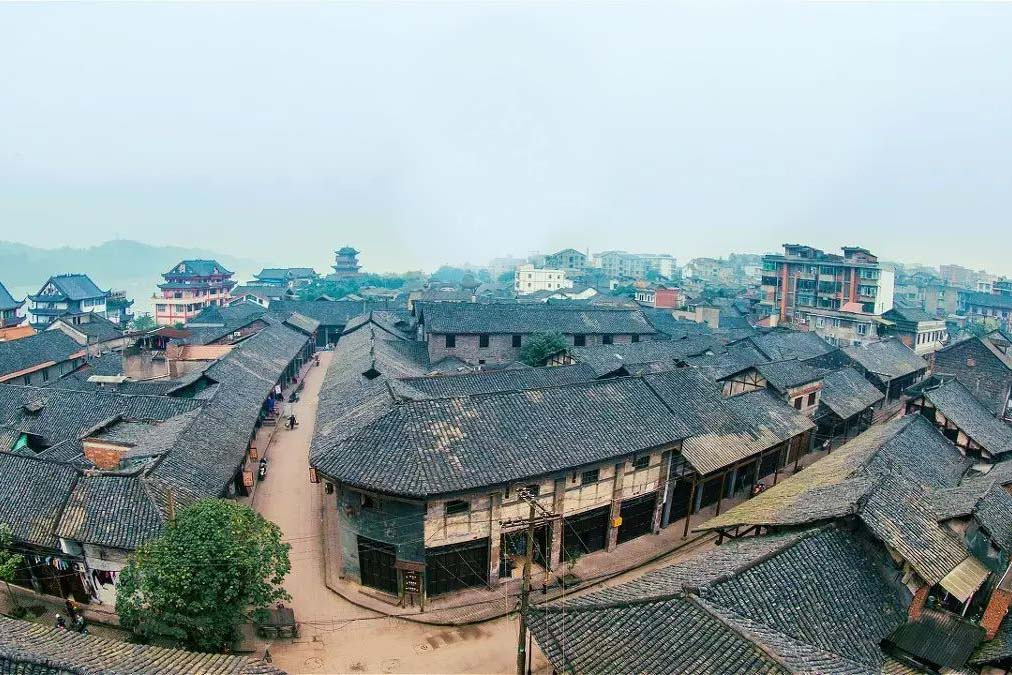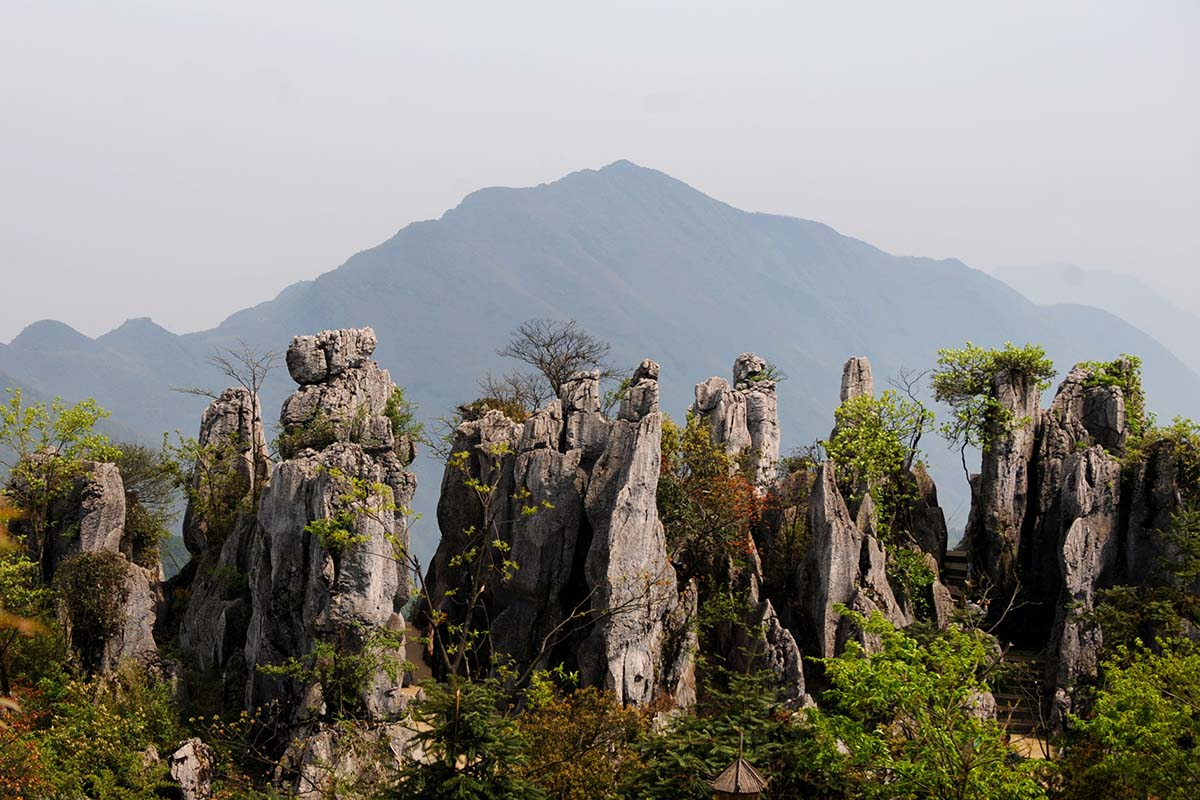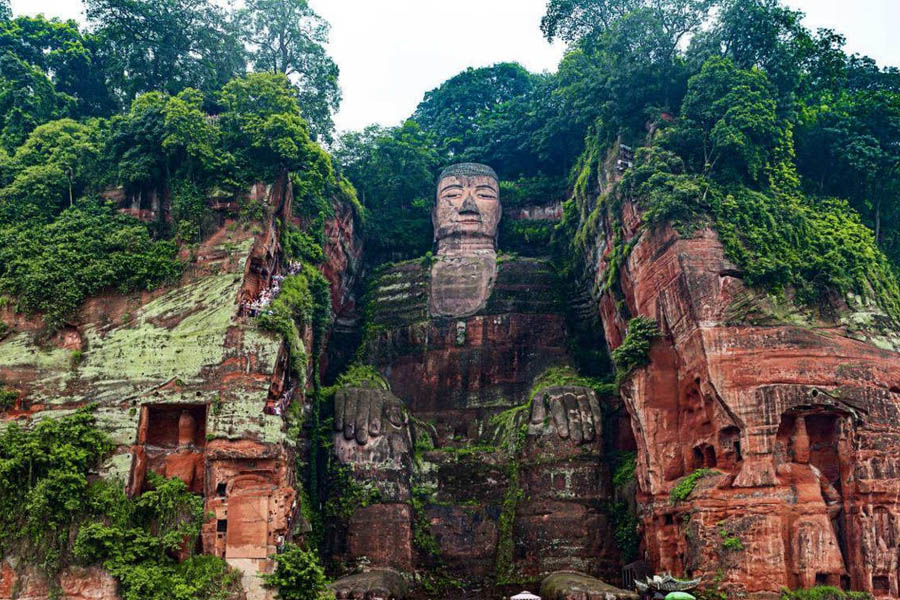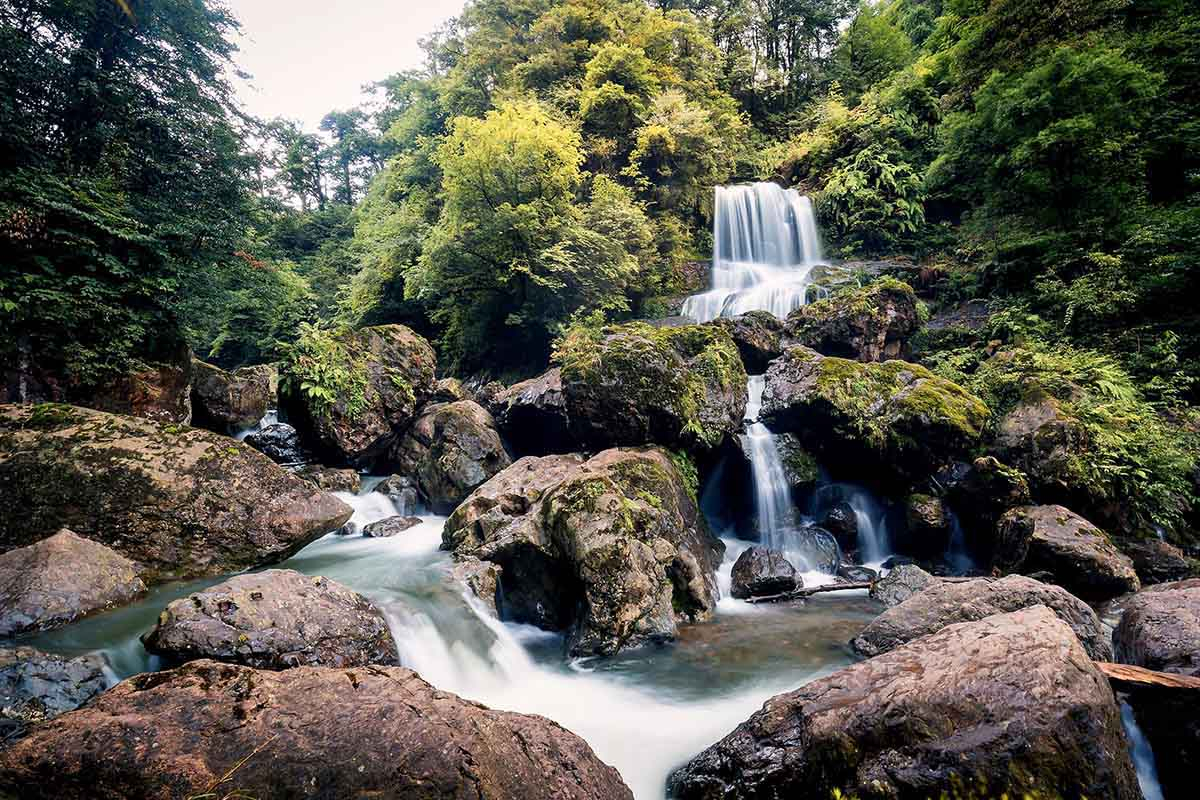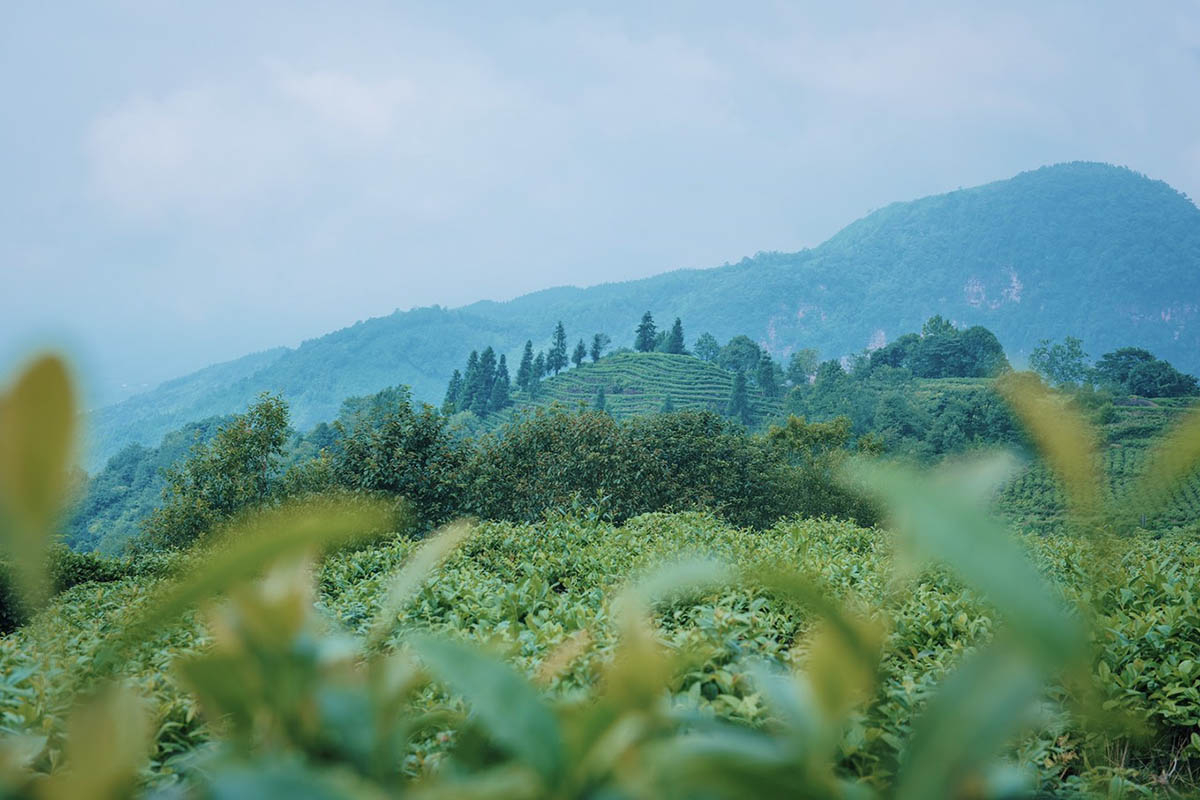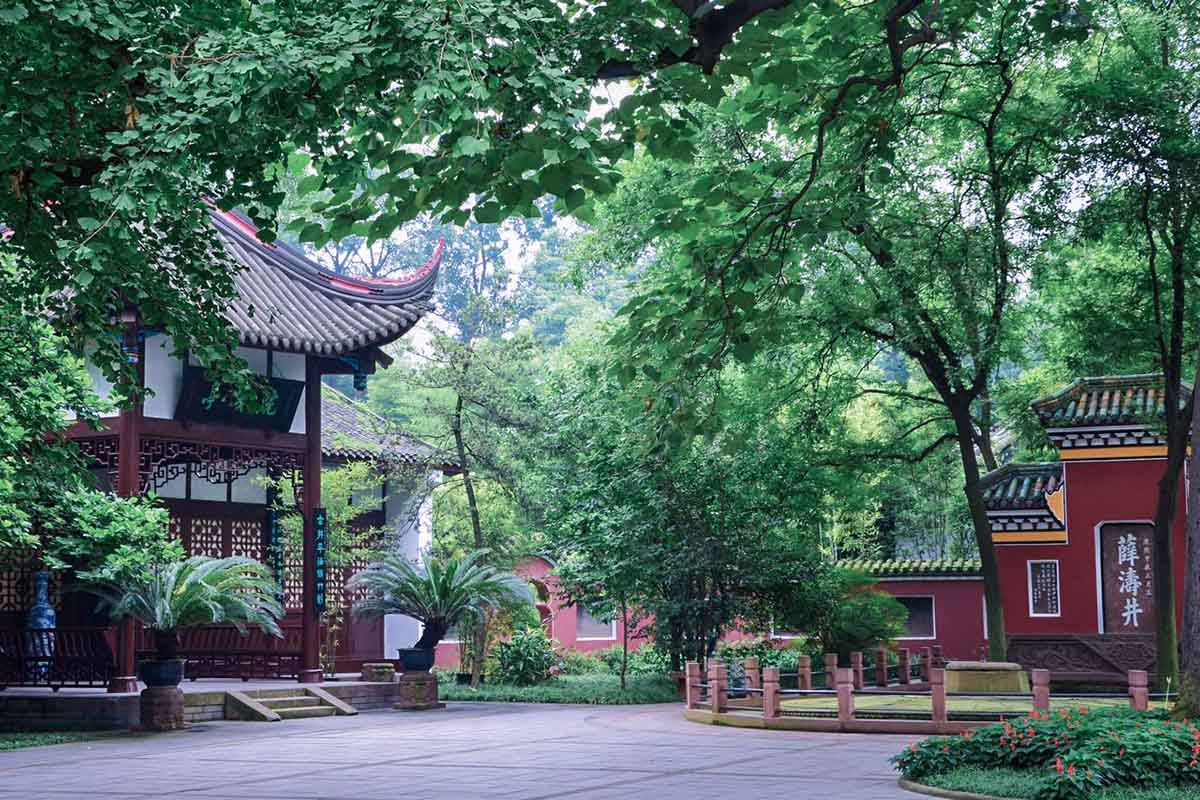Dege Parkhang Sutra-Printing House
Chinese Name: 德格印经院 (De Ge Yin Jing Yuan)
Location: Bagong Street, Gengqing Town, Dege County, Ganzi Tibetan Autonomous Prefecture, Sichuan Province.
Ticket: Entrance ticket CNY50.00
Estimated tour time: 1-2 hours
Recommended time to visit: May to Oct.
Nearby attractions: Baiyu Monastery, Yarchen Monastery, Kotak Monastery, Yilhun Lhatso Lake, Mt. Chola, Dzogchen Monastery, Dzongsar Monastery, etc.
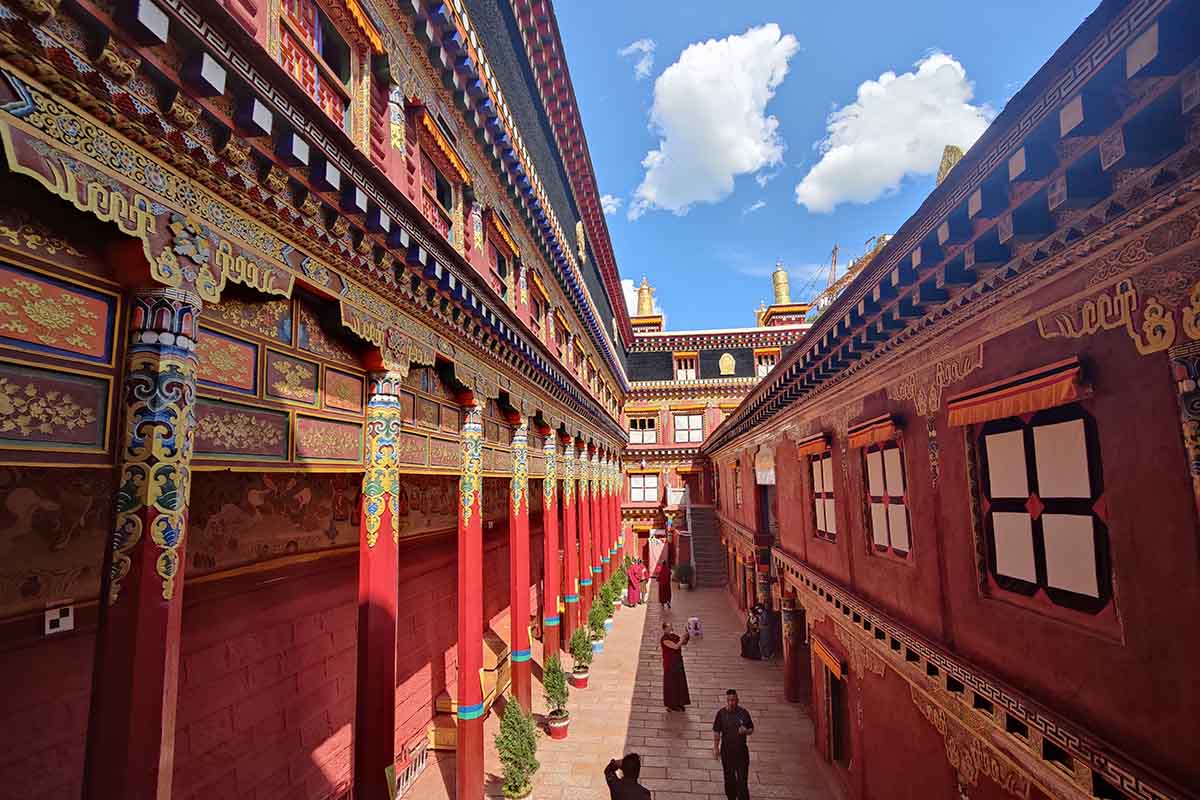
The Parkhang Sutra-Printing House is located in Gonchen Monastery, a Sakya Sect buddhist monastery in Dege. It is the largest one among the three large printing houses in Tibetan areas. The other two are Lhasa printing house in Tibet, Labalong printing house in Gansu Province. In 1980, it was identified as the provincial key cultural relic protection unit, and in 1996, it was identified as the national key cultural relic protection unit. This fascinating printing house was created in 1729, finally reached the three floor building after four generations for thirty years. It stores 70% of ancient books in Tibetan culture. The press has a collection of 830 books and more than 290,000 pieces of woodcut printing plates, which are of great value for the study of Tibetan religion, history, economy, philosophy, astronomy, calendar, geography, music, art, literature, medicine, craft skills, etc. The printing house still retains the original manual engraving printing method now. The printed scrolls have exquisite raw materials and exquisite printing technology. Each process has strict quality standards to ensure that the scrolls are clear and durable.
From the traditional Tibetan architecture to the warp shelf stacked with wood engravings and exquisite frescoes, sculptures, are precious cultural relics. In today's world, it is unique to have the complete preservation of more than 290,000 printing plates. The printing house as a world cultural heritage is well deserved.
The woodcut printing plates are the main part of the cultural relics of the printing house. It is divided into two categories: book version and picture version. A large number of the book editions are long lost rare versions.
Dege is an important place for the inheritance of traditional Tibetan painting in history. Since the 18th century, a center has been formed in Dege, and the "Thangka" art of traditional Tibetan painting has been integrated into the engraving plate, which is a major breakthrough and innovation of the wooden printing plate of the printing house.
The sculptures of printing house are mainly clay statues of Buddhas, Bodhisattvas, Arhats, Dharma Goddesses, senior monks and historical figures, which are placed in the large and small scripture halls respectively. There are 14 statues in the large hall and 61 statues in the small hall. These statues have bright colors, smooth lines and are lifelike, fully showing the aesthetic appeal and superb skills of Tibetan Buddhism sculpture art. The whole ancient building covers an area of 1632 square meters, construction area of 5886 square meters. The style is Tibetan traditional architecture with a strong Dege flavor.
Due to the climate, the time for printing scripture is only in half of the year, from March 15th to September 20th in the Tibetan calendar: during this period, people can go to the printing house to worship the book edition.
In the storehouse of today's printing house, there are more than 290,000 printing plates. These printing plates contain scriptures, historical books and painting plates, storing 70% of the ancient books in Tibetan culture. They are the epic and miracle of Tibetan culture. It will be breathtaking by just looking at the printing plate making. The printing plate is made of red birch wood. After Autumn every year, people go up the mountain, choose straight knotless trunks, cut into pieces of wood block at width 10cm*length 100cm * thick 4cm, after being smoked over a low heat, put in a cesspool to soak for the whole winter. Take out the next year, boil, dry, bulldoze to make into blank plates. Carvers work from the words written on paper molds by skilled calligraphers. Generally, a skillful craftsman can only finish one plate a day on one side, and it takes about 10 days to complete the engraving of a picture plate on one side. Without these printing plates, many important elements of the Tibetan cultural history might not be found.
The printing house has strict management system. There is a management system for preventing fire, insects and moisture in the printing plate storehouse. The printing plates are checked, registered and signed when brought in and out the storehouse. Without permission of the headman, no one has the right to change the layout and deal with the plate. In modern society, this protection work has become a social system engineering. Generations of administrators painstakingly, collating library, repair plate. Only in the 1970s and 1980s, the state allocated large sums of money to carry out large-scale maintenance of the printing houses. Now, the printing house has become a key national cultural relic protection unit, is also a good place for people to visit.
- HOTEST
- RECOMMEND

